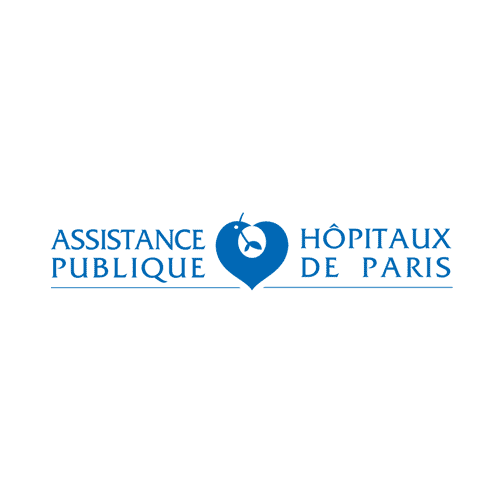
Strategic foresight

Anticipate changes in your industry by imagining its possible futures
For more than 30 years, our specialized team has been supporting companies in imagining the possible futures of their sectors, at different time horizons (3, 5, 10, 20 year, or more, forecasts) to anticipate and prepare for possible futures, their opportunities as well as their threats.
They trust us


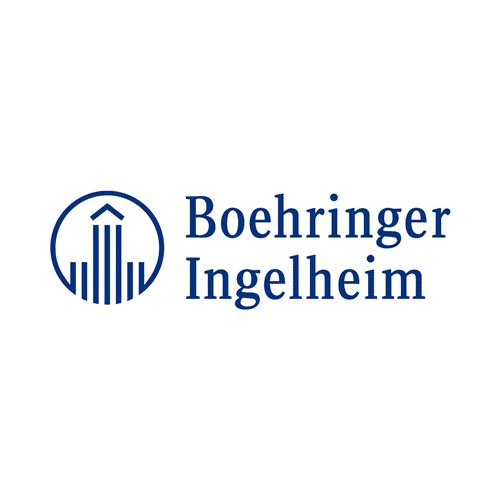



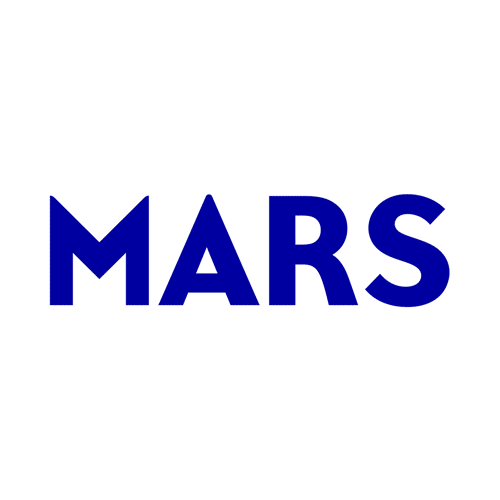



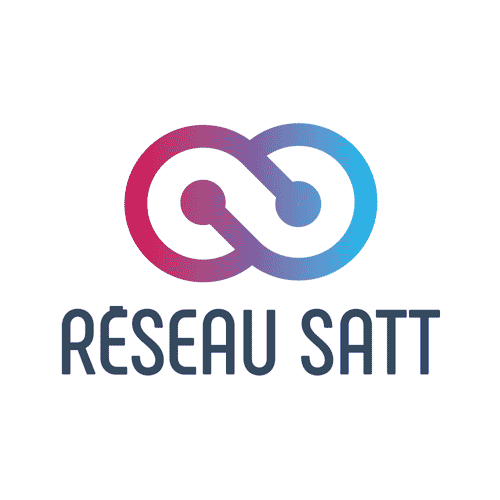


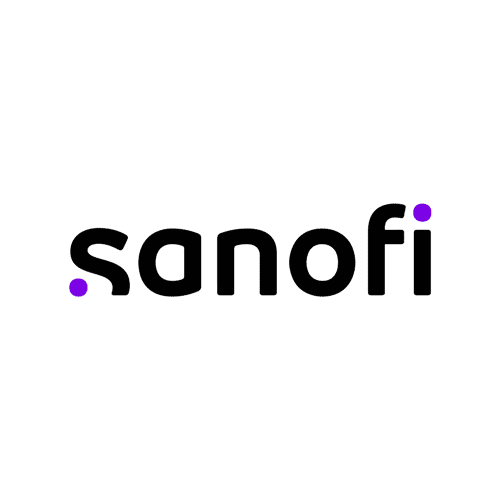
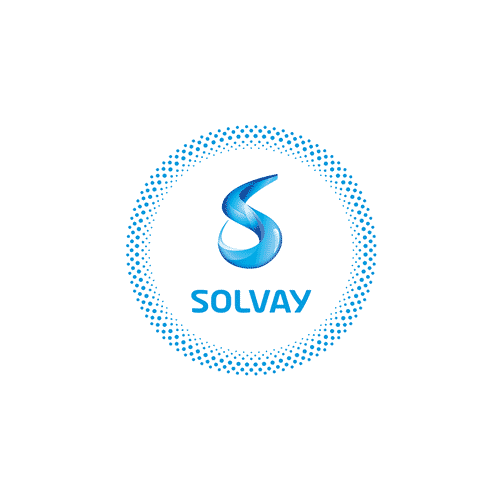
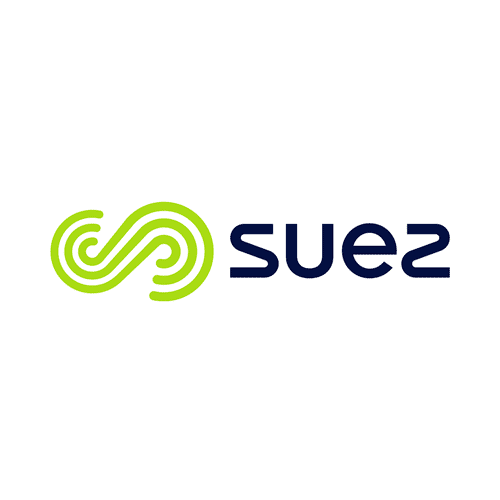
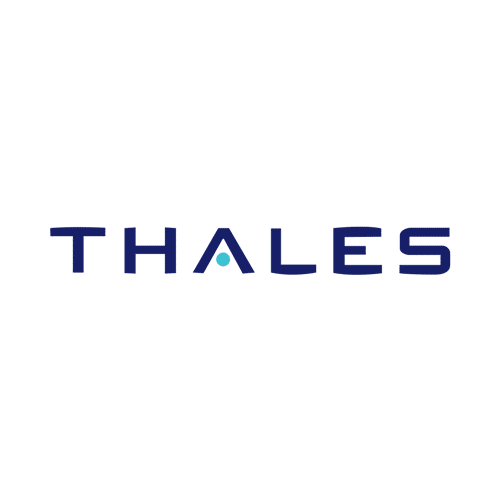
The key success factors of a strategic foresight
Every company is confronted with numerous external parameters that influence its strategy: technological, societal and economic evolutions, political and ecological pressures… and it’s not easy to anticipate these parameters to adapt one’s actions. This is the role of strategic foresight! To succeed, several key success factors need to be considered:
Although foresight analysis can sometimes remain confidential, it’s a fantastic tool for participative management! It’s an exercise in imagining possible futures together and defining how to anticipate and adapt to them in the present. To ensure the relevance of the scenarios constructed and selected, and to engage teams in the construction of concrete, realistic roadmaps, it is imperative to bring together all the change players who will be involved in the journey towards possible futures.
How can internal and external players be involved in the process? What role should everyone play in the process?
The mistake not to be made is to focus a foresight approach on the company’s internal knowledge and expertise. In fact, the company operates in an environment that is influenced by numerous external parameters. It is therefore necessary to bring together a wide range of expertise to reflect the areas that impact and will impact the company’s possible futures: customers, suppliers, technological experts, experts in environmental issues, but also sociologists, philosophers, economists, etc. Bringing together everyone’s views on the central problem will result in scenarios that are as plausible as possible, thus ensuring the relevance of the resulting roadmaps.
Which stakeholders should I bring together, depending on the problem and my environment? How can I motivate them to participate in the process?
It’s impossible to predict the future with certainty, which is why it’s key to draw up several plausible scenarios and associated strategies that remain flexible. Even if the scenarios defined cover a wide range of possibilities, some of them highly unlikely, the company and its teams need to be prepared to adapt to unforeseen events with flexibility and resilience! There are many analytical methods available for integrating uncertainty into decision-making.
But how can we get the players involved in choosing possible futures to accept uncertainty? How can we develop a culture of flexibility in the deployment of team strategies?
How we support you in assessing a strategic foresight
In a foresight approach, the aim is not to generate accurate predictions, but to anticipate and get prepared for different possible futures, their opportunities, and their threats.
Our team therefore relies on the analysis of existing data on macro-trends and weak signals, such as new entrants, adoption of a new technology in an adjacent sector, or a change in a usage.
It is also necessary to include the environmental impact in the strategic decision-making process and anticipate climate change’s impact on your activity.
Our teams work in particular on:
- Laboratory, Hospital, Vaccine… of the Future, the carbon-free manufacturing plant, hydrogen-powered airplane, carbon neutral cities by 2030, eco-buildings, new modalities of transportation
- Experience of the end-customers be it a patient, a consumer, a passenger…
- Structural changes in each sector or ecosystem… particularly related to environmental considerations such as carbon footprint, water management, biodiversity…
- New business models and their resilience
- Integration of CSR dimension into strategies
- And finally, new skills and jobs to develop to be better prepared for those possible futures.
Examples of recent strategic foresights carried out for our clients
Strategic foresight: new services for the hospital of the future
We have supported a leading medical device player in the supply of consumables for hospitals in the identification of new growth opportunities in the hospital of the future.
Through the identification and characterization of trends impacting the healthcare sector as well as the description of prospective situations in the hospital, Alcimed enabled its client to identify and select new services to be developed now for the hospitals of tomorrow, thus promoting a pioneering role for our client in proposing the services of the future!
Strategic foresight: strategic reflection on the energy of cities of the future beyond 2050
One of our clients, a leader in the energy sector, wanted to prepare for the future and diversify its investments by developing scenarios for the city of the future beyond 2050 through a strategic foresight research.
Through the organization of internal brainstorming and ideation sessions, the realization of an external creativity workshop, the elaboration of scenarios and the organization of an illustration contest on crowdsourcing designer platforms, Alcimed was able to nourish its client’s strategic thinking on the future of energy in cities and to promote the projection of all internal teams on this subject.
Strategic foresight: animation of a strategic and operational reflection around the evolution of the competition
Our team supported a client in the healthcare sector in the preparation and facilitation of a strategic foresight exercise of competitive evolution by teams around the world. Our client was in a particularly competitive market environment and wished to project with its teams the evolution of its competitors in order to work now on action plans of differentiation and gain or maintain market share.
To do so, our team first analyzed the portfolios of the major competitors and their dynamics, then analyzed the other players in the ecosystem, who could either develop specific solutions or technological bricks, or hold strong positions on a niche sub-segment of the market. We then analyzed potential new entrants, based on market trends.
Based on all this, our team co-defined prospective scenarios with our client, in preparation for the facilitation of a global workshop in a “win-game” format, enabling the teams to be involved in identifying the strongest threats and defining actions to be implemented now to prepare for them proactively.
Prospective study: evolution of the role of the pharmaceutical sales representative in the pharmaceutical industry
We supported a leading pharmaceutical company in a prospective analysis of the role of the medical sales representative of the future. Our client, the company’s sales director, was faced with a context of changing customer engagement practices and wanted to draw up a vision of what the pharmaceutical sales representative’s job of the future might be.
We helped him to define a vision for 2030 and to build a roadmap with the different projects to be implemented to make his teams evolve towards this new role. We first led several working sessions with all the stakeholders involved in the different projects to identify the objectives, key steps, levers, resources, means, timing, indicators, expected deliverables and the functions involved for each project.
Then, we formalized this roadmap to facilitate its diffusion internally and to communicate on the next steps.
Identification of trends that will influence the additives and animal nutrition markets between now and 2035
We helped a major player in the production of animal feed additives to understand tomorrow’s trends, to anticipate changes in its market and adapt its strategy accordingly.
By identifying and characterizing trends in the animal feed, additives and, more generally, livestock production markets, our teams enabled our customer to first identify weak signals, and then build scenarios including avenues of innovation to meet market needs with anticipation.
The results of our mission also enabled us to formalize the team’s strategic roadmap to 2035.
Identification of major cross-functional trends impacting future materials research
We worked with a player in the materials sector to help them understand the drivers that will impact tomorrow’s R&D and R&I in the field of materials.
To do this, we identified various trends, whether technological, economic, societal or regulatory, which could have an impact on the teams’ work. Our team thus identified, prioritized and characterized over 40 trends, enabling our customer to deepen its knowledge of R&D and R&I trends in the sector, or to discover new opportunities for it’s business.
This study enabled our customer to finalize and strengthen its scientific roadmap.
Identification of trends impacting on Research & Development & Innovation (R&D&I) in the materials sector to help structure the scientific roadmap of a research institute
Our team helped a research institute in the materials sector to structure its scientific roadmap by understanding the technological, economic, societal and regulatory trends impacting R&D&I in this sector.
Alcimed carried out a strategic foresight analysis to define the main cross-cutting trends impacting materials research in the future and identified the 40 trends impacting R&D&I in the sector. These trends were prioritised on the basis of their cross-disciplinary nature and impact. This strategic analysis provided input for the Institute’s scientific roadmap.
Finally, Alcimed also consolidated a collection of best practices for the renewal of a label promoting access to funding.
Animation of a strategic foresight workshop on combat drones and theaters of operations to be considered by 2030
Our team supported an aeronautical client in defining its positioning strategy for combat drones by 2025 – 2030.
To do so, we organized and animated a role-playing wargame, whereby four teams were able to reflect on their tactical war strategies. Each had to imagine the future drone systems and technologies in 2030.
This team exercise made it possible to predefine the major families of systems and the main positioning axes that could be envisaged for our client, as well as the possible associated business models.
You have a project?
To go further
Founded in 1993, Alcimed is an innovation and new business consulting firm, specializing in innovation driven sectors: life sciences (healthcare, biotech, agrifood), energy, environment, mobility, chemicals, materials, cosmetics, aeronautics, space and defence.
Our purpose? Helping both private and public decision-makers explore and develop their uncharted territories: new technologies, new offers, new geographies, possible futures, and new ways to innovate.
Located across eight offices around the world (France, Europe, Singapore and the United States), our team is made up of 220 highly-qualified, multicultural and passionate explorers, with a blended science/technology and business culture.
Our dream? To build a team of 1,000 explorers, to design tomorrow’s world hand in hand with our clients.
A strategic foresight approach is a methodical process designed to identify, anticipate and understand possible developments in a given field. It is based on the analysis of current trends, weak signals and potential disruptions, as well as on the projection of future scenarios. Strategic foresight aims to inform decisions and actions on long-term issues.
There are 6 major stages in a foresight approach:
- Definition of the main question, the scope of the study and the objectives to be achieved;
- A detailed understanding of the existing world and current dynamics;
- Identification of development variables (macro-trends, weak signals) and their segmentation (e.g. using PESTEL analysis);
- Detailed analysis of the trends identified and the directions they take;
- Construction of several scenarios highlighting possible futures;
- Development of strategic recommendations and action plans for the short, medium and long term, to adapt to each scenario.